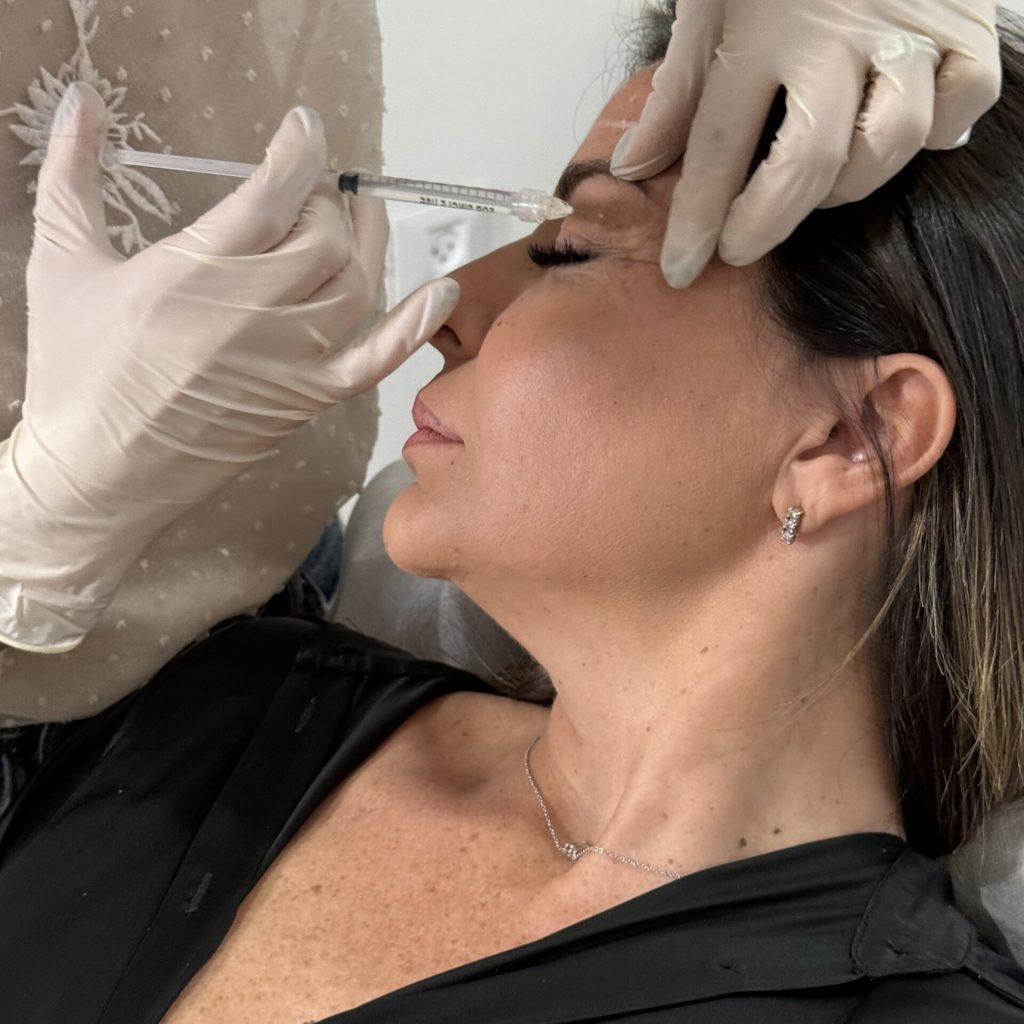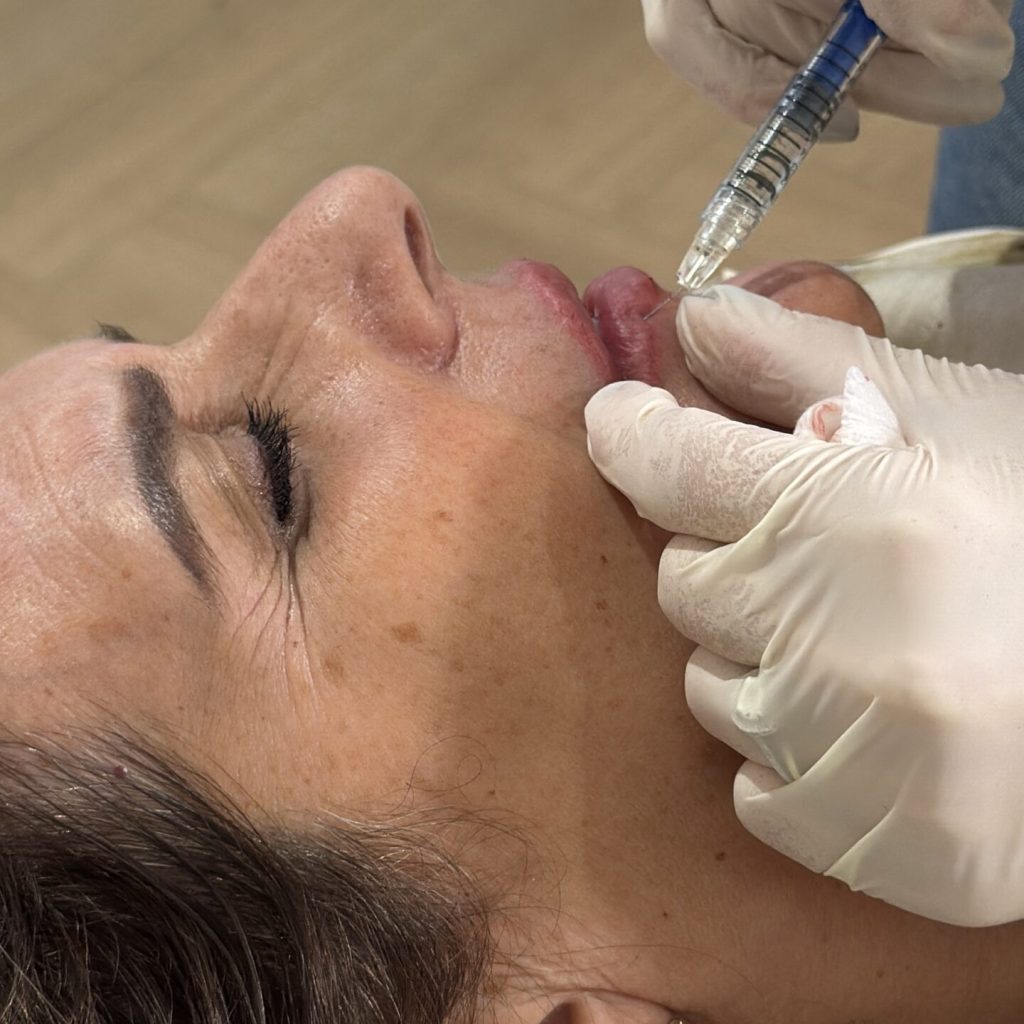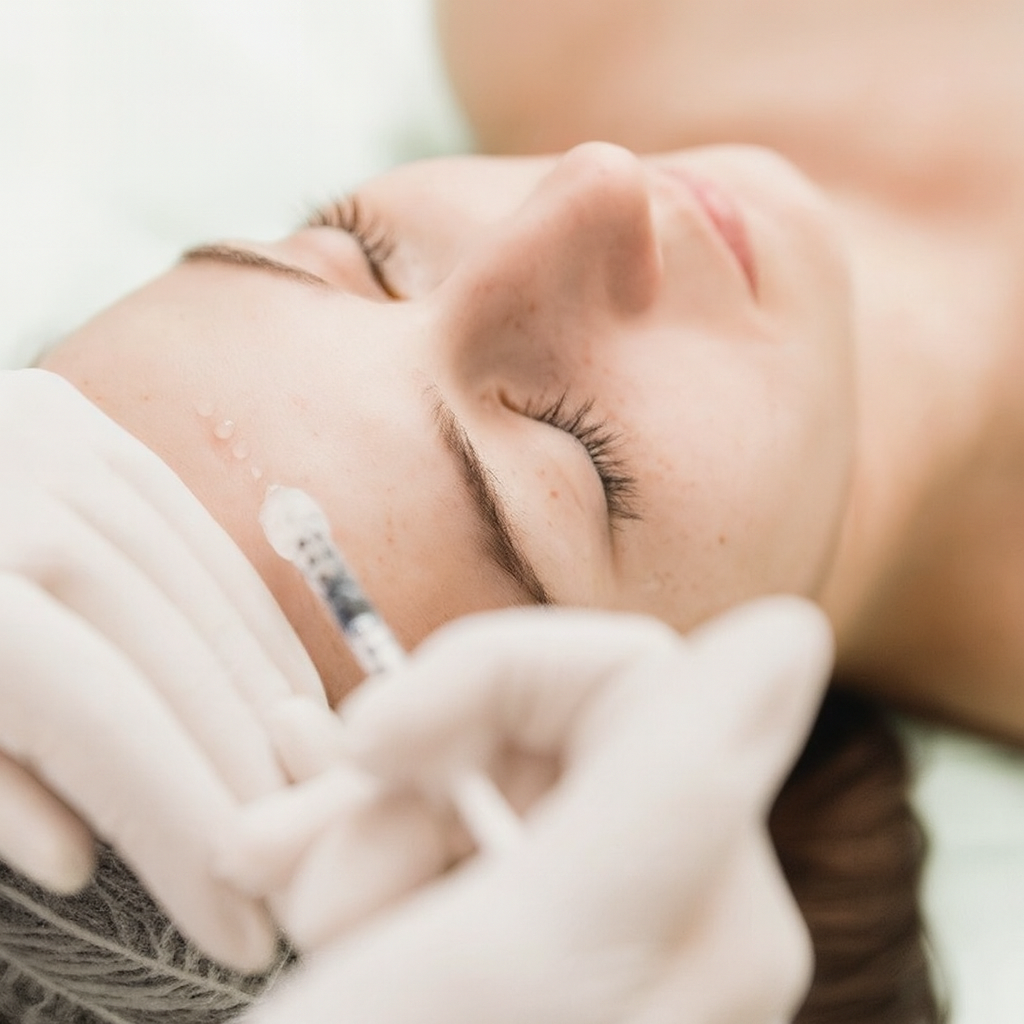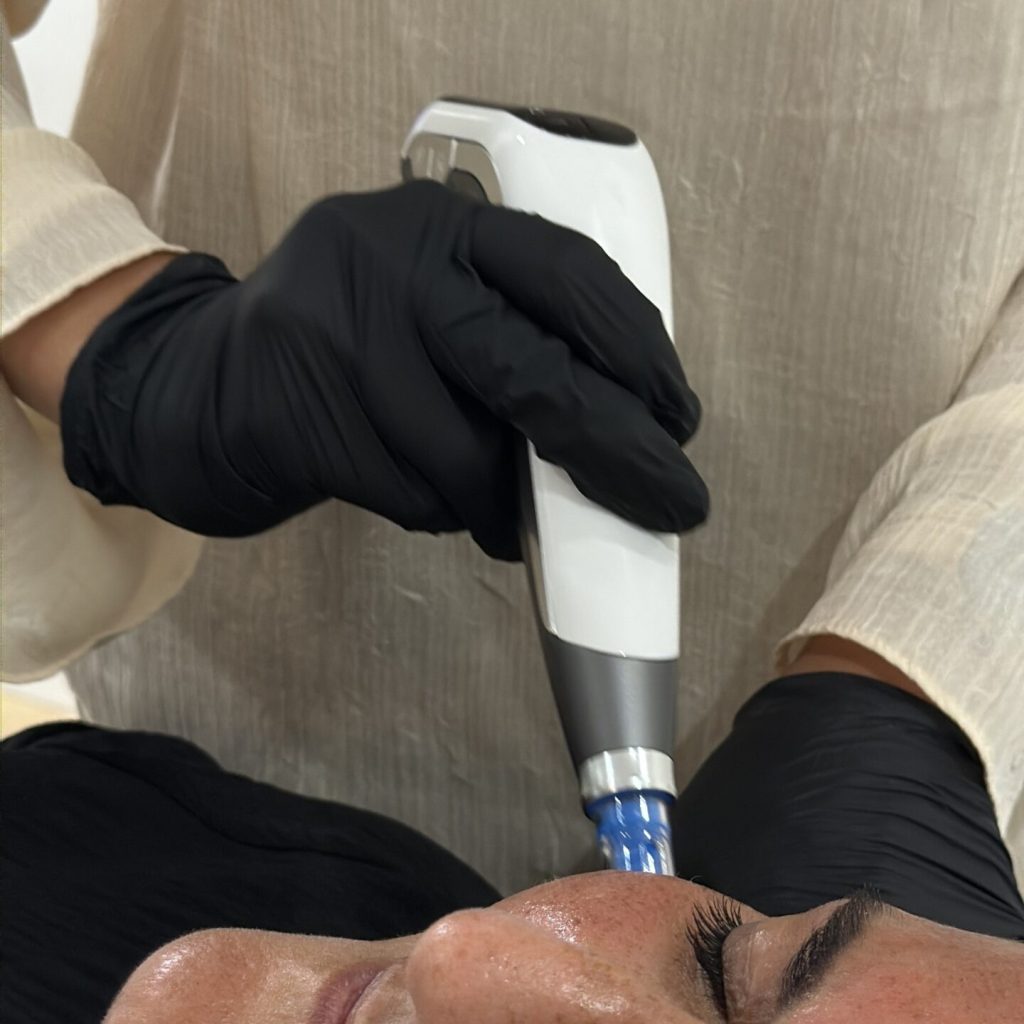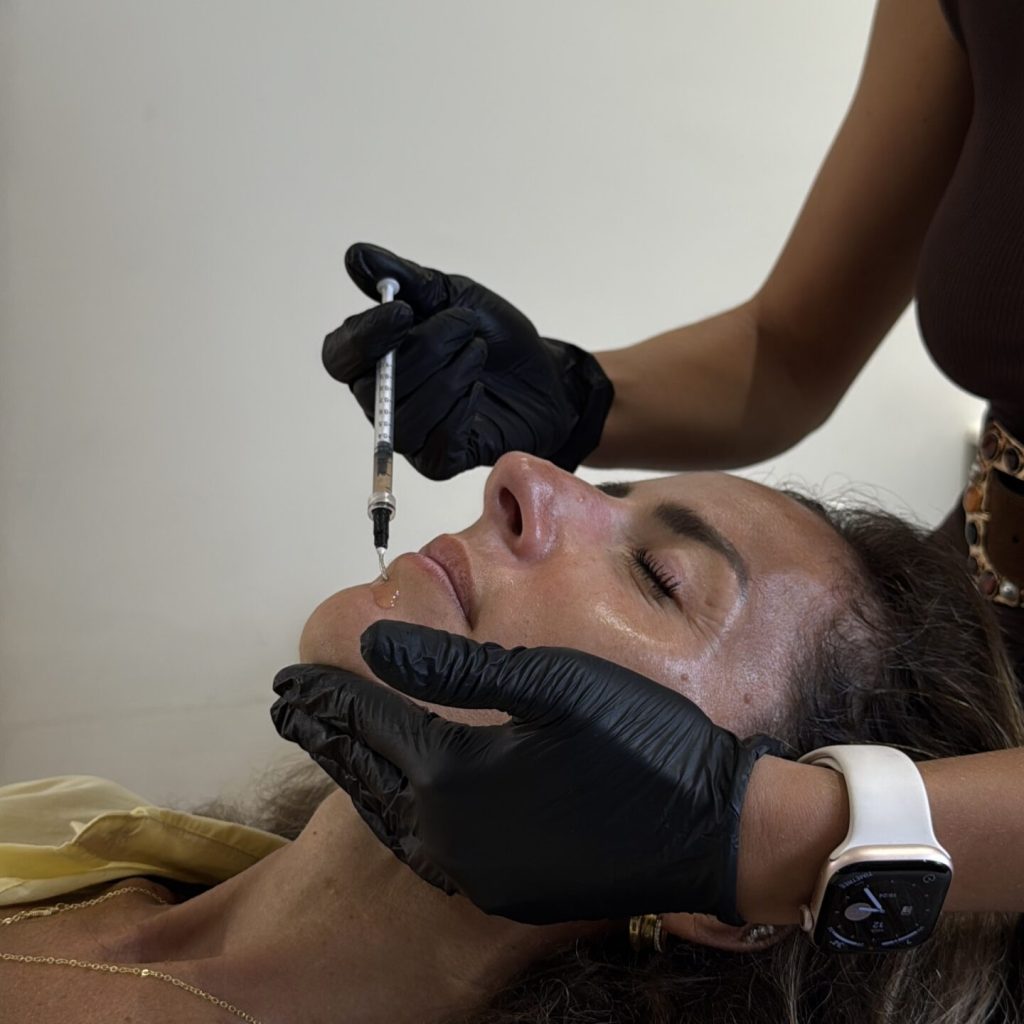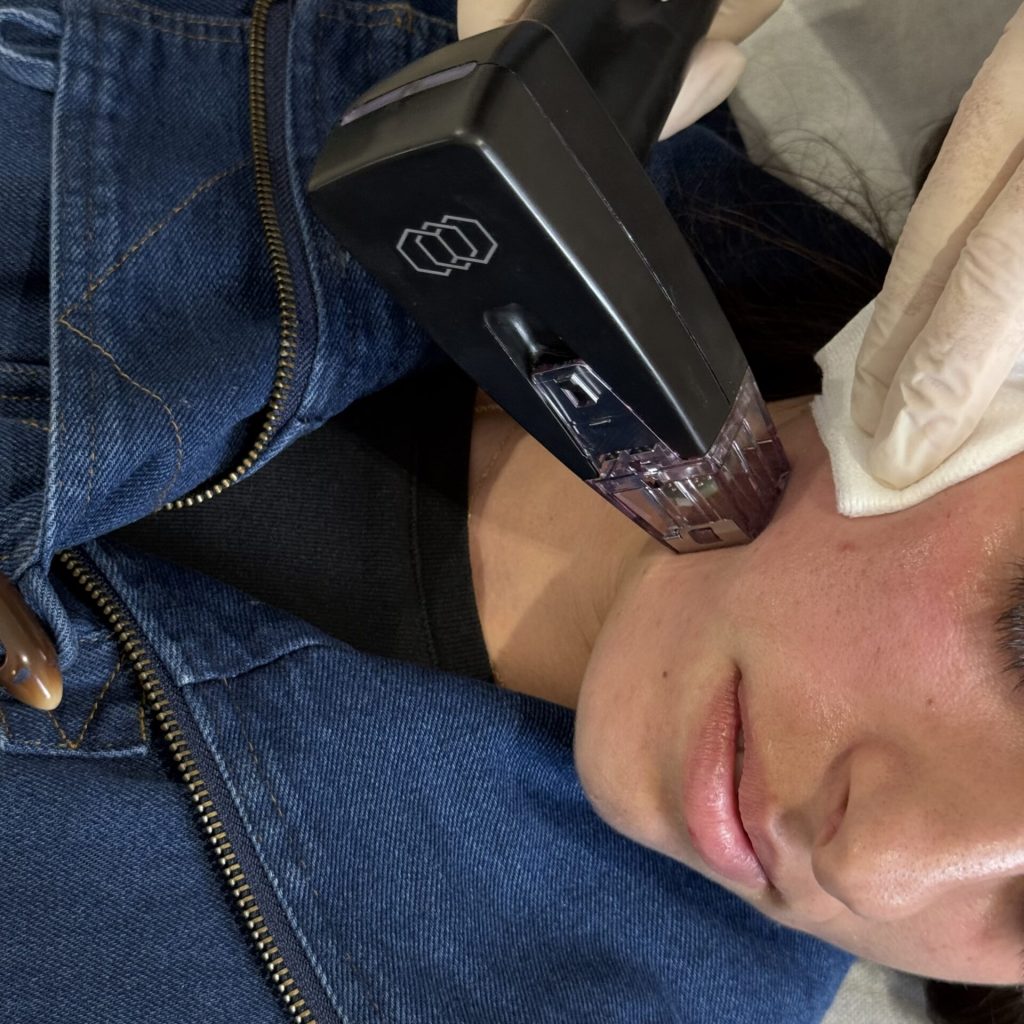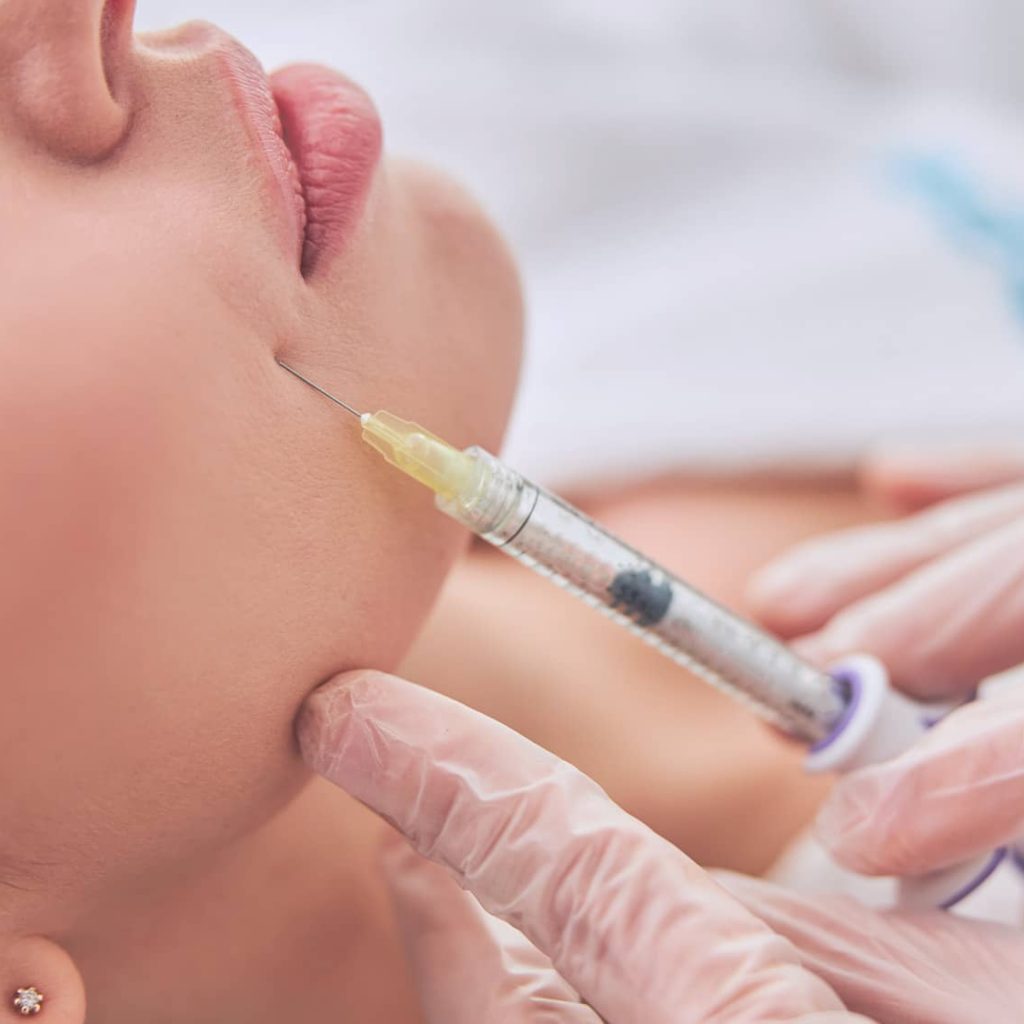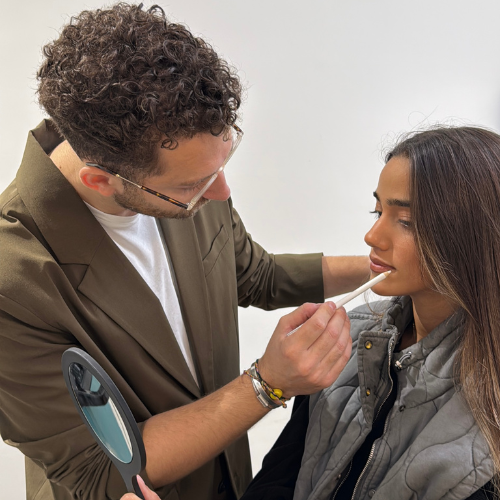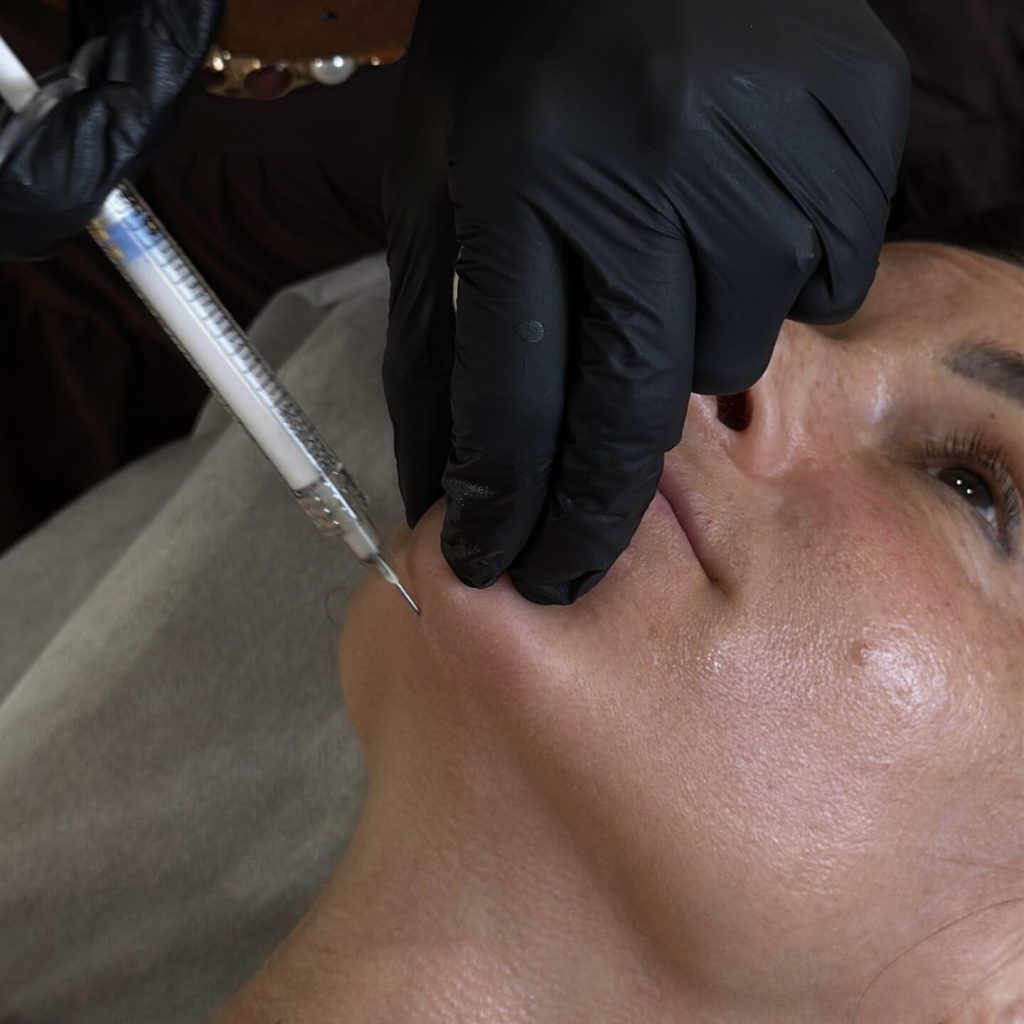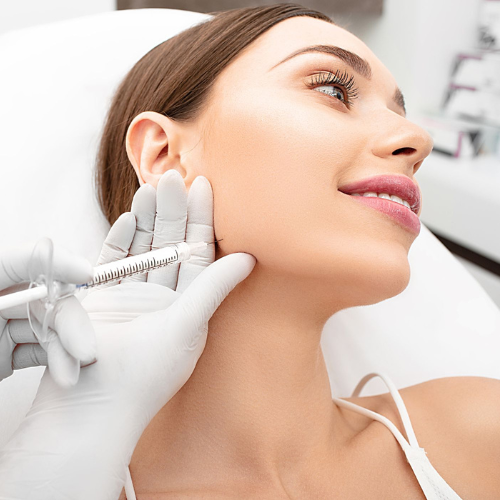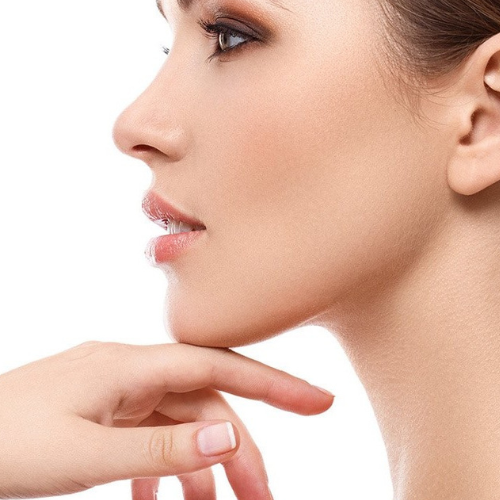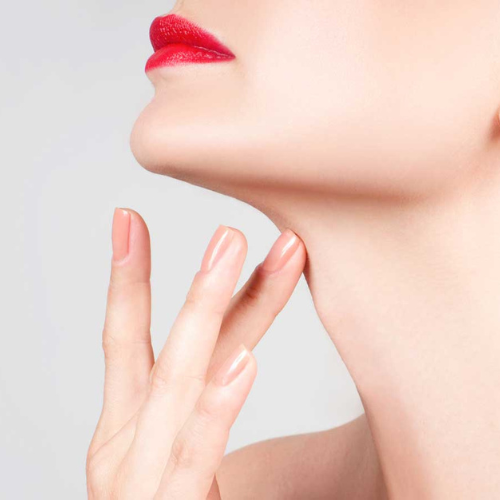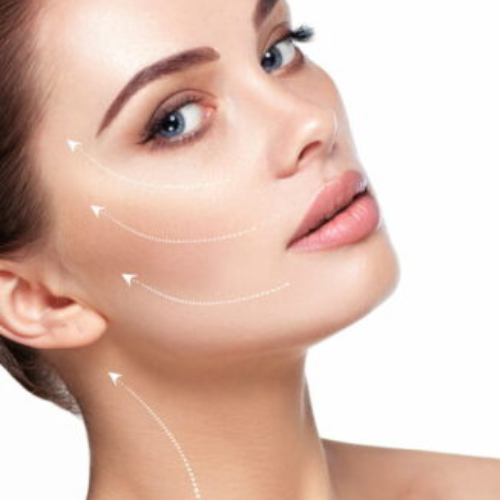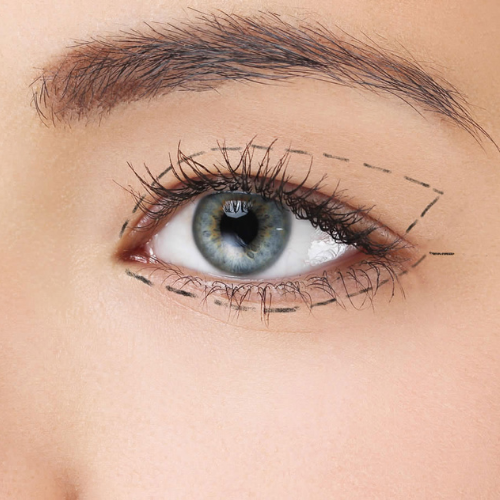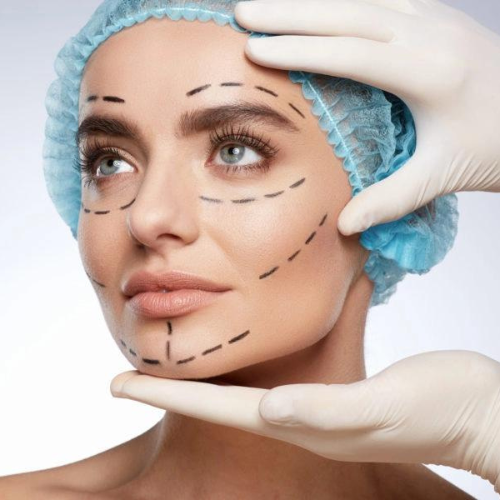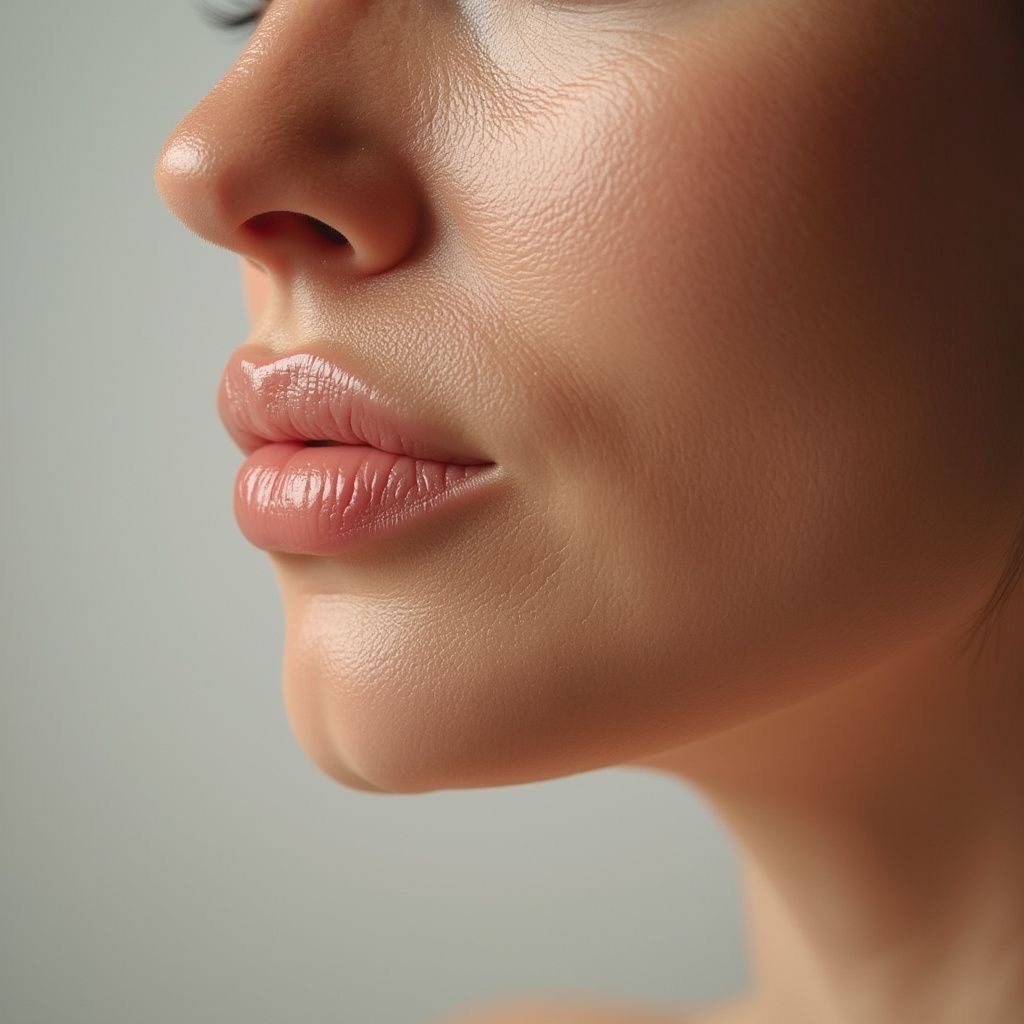Rajeunissement
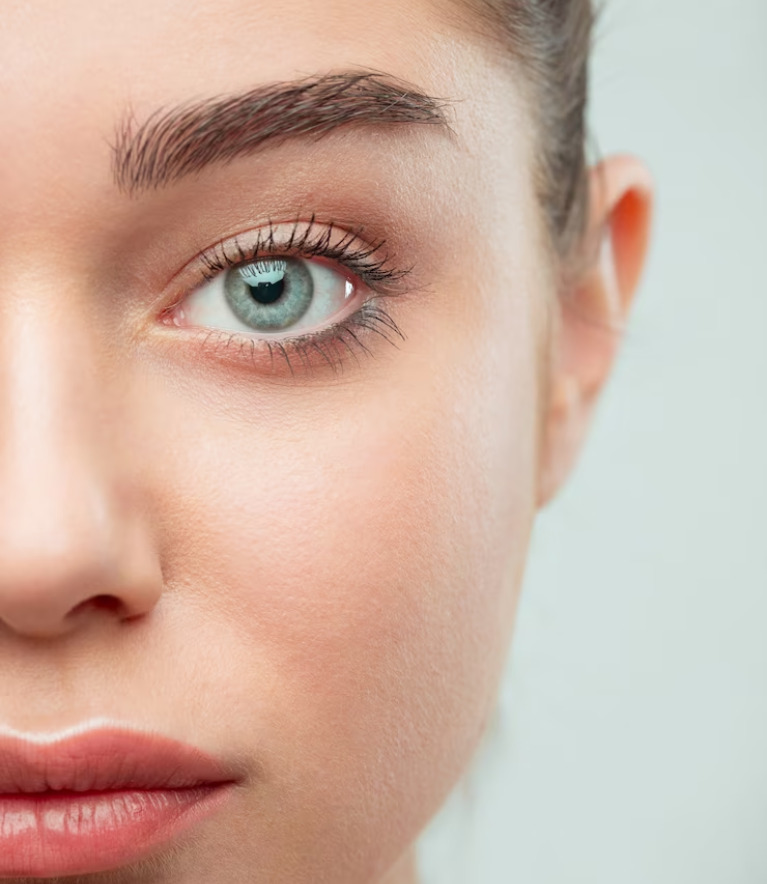
Le rajeunissement du visage est une préoccupation courante pour de nombreuses personnes, quels que soient leur âge ou leur sexe. Avec le temps, la peau du visage peut montrer des signes de vieillissement tels que les rides, les ridules, le relâchement cutané, un ovale du visage moins bien dessiné et la perte de volume. Ces changements peuvent influencer la confiance en soi et l’image que l’on a de soi-même.
C’est pourquoi de nombreuses techniques et procédures sont disponibles pour aider à rajeunir l’apparence du visage. La médecine esthétique propose des traitements non invasifs tels que les injections d’acide hyaluronique, de toxine botulique (Botox), les traitements radiofréquence et bien d’autres encore. Ces traitements visent à atténuer les signes de l’âge, à restaurer le volume perdu et à améliorer la texture de la peau.
Pour des corrections plus importantes, la chirurgie esthétique offre des options comme le lifting du visage et du cou, la blépharoplastie (chirurgie des paupières), la rhinoplastie (chirurgie du nez), la liposuccion du visage et d’autres interventions personnalisées selon les besoins de chaque patient.
L’objectif du rajeunissement du visage est de donner à la peau un aspect plus lisse, plus ferme et plus jeune, tout en préservant son apparence naturelle.
Rides, Ridules
RIDES
Les rides sont des lignes ou plis qui se forment sur la peau avec le temps. Elles sont souvent causées par le vieillissement naturel de la peau, la perte de collagène et d’élasticité, ainsi que par l’exposition au soleil et d’autres facteurs environnementaux. Les rides peuvent apparaître sur le visage, le cou, les mains et d’autres parties du corps.
RIDULES
Les ridules sont des petites rides, généralement plus fines et moins profondes que les rides plus marquées. Elles peuvent être causées par des expressions faciales répétitives, le manque d’hydratation de la peau, ou encore par l’exposition aux éléments environnementaux. Les ridules sont souvent observées autour des yeux (appelées « pattes d’oie »), autour de la bouche et sur le front.
NOS SOLUTIONS POUR COMBLER LES RIDES DU VISAGE
REDESSINER L’OVALE DU VISAGE
Le relâchement de l’ovale du visage est un phénomène naturel associé au processus de vieillissement. Plusieurs facteurs peuvent contribuer au relâchement de la peau dans cette région, entraînant une perte de fermeté et de définition de la ligne de la mâchoire.
Voici quelques raisons courantes du relâchement de l’ovale du visage :
- Perte de collagène et d’élastine : Avec l’âge, la production de collagène et d’élastine, deux protéines essentielles pour la fermeté et l’élasticité de la peau, diminue. Cela peut entraîner un relâchement cutané.
- Diminution de la densité osseuse : La diminution de la densité osseuse liée à l’âge peut également influencer la structure du visage, contribuant au relâchement de l’ovale.
- Perte de graisse : La perte de volume graisseux sous-cutané, qui peut survenir avec l’âge, peut donner l’impression de peau affaissée.
- Exposition au soleil : Les dommages causés par une exposition excessive au soleil peuvent affaiblir la structure de la peau et accélérer le processus de vieillissement.
- Mode de vie : Des habitudes de vie telles que le tabagisme, le stress, un régime alimentaire déséquilibré et une hydratation insuffisante peuvent également contribuer au relâchement de la peau.
NOS SOLUTIONS POUR REDESSINER L'OVALE DU VISAGE
Relâchement du visage
Le relâchement du visage, également appelé relâchement cutané facial ou ptôse faciale, se réfère à un phénomène où la peau du visage perd de sa fermeté et de son tonus, ce qui peut conduire à un aspect affaissé ou tombant. Ce processus est souvent associé au vieillissement, mais il peut également être influencé par d’autres facteurs.
Les signes de relâchement du visage peuvent inclure des joues affaissées, des bajoues, un double menton, des plis nasogéniens prononcés et un ovale du visage moins défini.
Les principales causes du relâchement du visage incluent :
- Perte de collagène et d’élastine : Le collagène et l’élastine sont des protéines structurelles essentielles qui maintiennent la fermeté et l’élasticité de la peau. Avec l’âge, la production de ces protéines diminue, ce qui entraîne un relâchement cutané.
- Perte de graisse sous-cutanée : La diminution du volume graisseux sous-cutané dans le visage peut également contribuer au relâchement de la peau.
- Diminution de la densité osseuse : La perte de densité osseuse liée à l’âge peut affecter la structure du visage, entraînant un affaissement de la peau.
- Exposition au soleil : Les dommages causés par une exposition excessive au soleil, tels que les rides et la perte d’élasticité, peuvent accélérer le processus de relâchement cutané.
- Mode de vie : Des habitudes de vie telles que le tabagisme, une mauvaise alimentation, le stress et un manque de sommeil peuvent également affecter la santé de la peau et contribuer au relâchement du visage.

